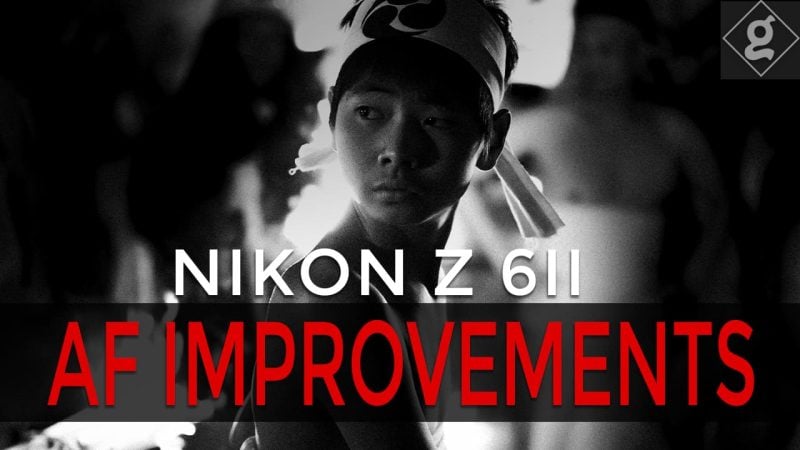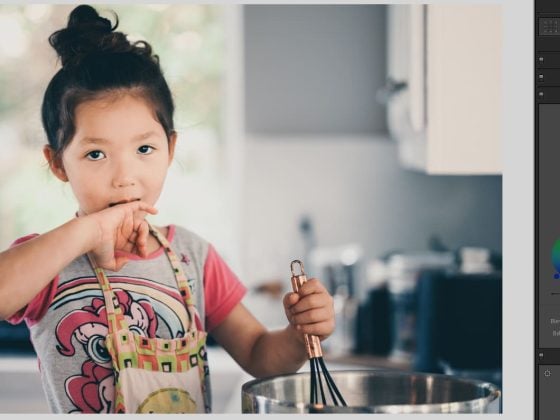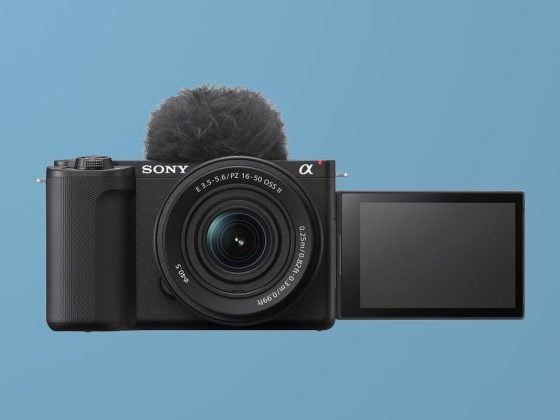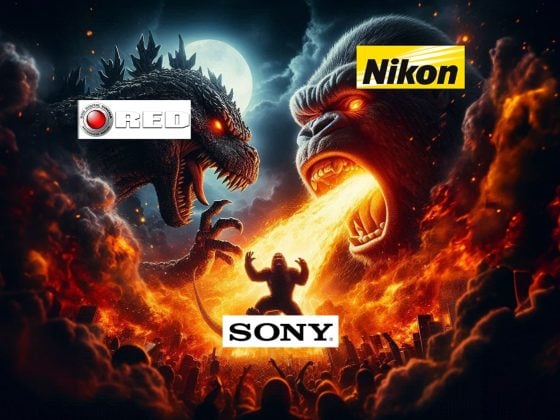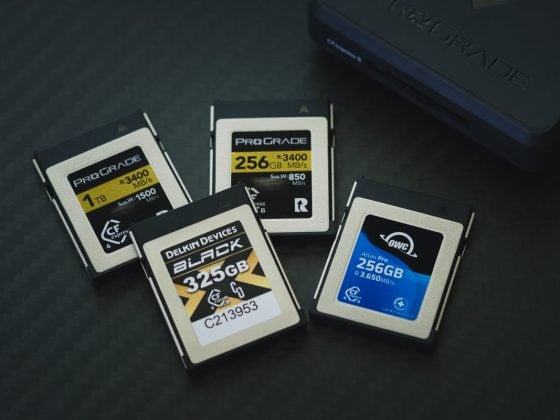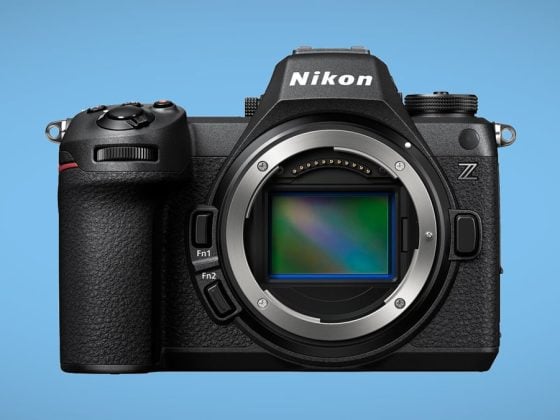With Nikon Z 6II now shipping, there still isn’t a lot of great consolidated information about the camera when it comes to autofocus.
All everyone says is, “this is a pre-production model.” Which we all know, doesn’t mean anything when it comes to the core features and performance. When has pre-production versus a production model ever shown dramatic improvements to the core features compared to launch?
Anyway, I’ve read all the literature and watched several videos to see what’s going on with the new Nikon Z6 II and Z7 II autofocus and how it’s improved. I’ve been trying to figure out if autofocus alone is worth the upgrade if you already have a Z6, because as it’s looking, actual performance for general eye and face tracking seems about the same, or if it’s better, it’s only slightly.
Here are some cool new features I personally like that might make a big difference to your photography.
3 2 Improvements to the Nikon Z6 II Autofocus
This was actually wrong, Sorry 🙁 – Tracking now has eye and face detection override – I haven’t seen anyone mention this but I saw it in fro’s last video where he was shooting with the tracking mode, and on the Z6 II, it auto switched to the face detection. This is great as it matches what everyone else is doing with their implementation of tracking. Fro messed up here and had the two cameras in different modes . . . Fro, you had one job. Compare AF between the Z6 and Z6 II while keeping them both in the same AF modes. Not hard. It’s amazing how bad these YouTubers are.
Anyway, have you guys, and gals ever seen those videos where the dudes point the Nikon Z6 at someone that’s totally out of focus and the camera stays focused on the background? Then use this to discredit the camera’s ability to autofocus while every camera on the planet does this? Yes, you have.
So what you do here, is you set your tracking button to fn2. When the face or eye isn’t engaged or stuck on the background because the foreground is just a giant bubble of bokeh, you flick the tracking mode and, place it right in the center of the body that’s out of focus, and boom, it finds focus instantly, except now, maybe it will do that, then override to face and eye af. Takes less than a second.
Eye detection in Zone Boxes – You can now use the Wide Zones and the eye AF will only engage inside that little box.
This is actually nice because 99% of the time when I’m not shooting single subjects with just my kids, I use the zone box. Having the option for it to engage eye AF with these boxes could be useful. Although, hopefully, there is a quick way to toggle it on and off, because I don’t always want the eyes in focus when using my zone boxes. Sometimes if someone is holding a torch or a volleyball, you want that in focus, not their eyes. Which is why I was always fine with this in the past.
One problem I have with this too is the Nikon Zone box is very small to begin with. It would be nice if they increased the size of that box to make this feature more useful.
Better Low Light AF Improvement – It’s said the Z6 II is better in low light when it comes to autofocus. I think the number is around .5 to 1 stops.
It’s hard to find the real numbers because the rating is typically attached to an f-stop value and Nikon has a low-light AF function that you can turn on. But with the Z6 II supposedly with an f2 lens, you can get up to -6 EV.
Nikon says officially that the Z6 with firmware 2.0 was able to perform at a range of -2EV to -3.5 EV and when enabling low light AF it would extend to -4EV to -6EV. And now the rating is up to -4.5EV when not extended with the low light function.
Why not always leave low-light AF turned on? Because it can bloom out the image on the EVF for a second while finding AF and some people don’t want that.
What Nikon Still Needs To Improve
Visual Feedback Lag– Right now there are still some issues with the visual feedback boxes lagging when tracking or using eye and face AF. I can’t fully understand why Nikon hasn’t fixed this yet.
Remember the Canon EOS R was like this when it first came out, those little boxes would draw at like 12fps or slower and it just made the camera feel unresponsive even though the hit rate was totally fine. Then Canon improved it all of a sudden everyone said the autofocus was better even though the hit rate was the same.
So clearly people are getting pulled in by perception and for the most part, and when anyone watches AF comparison videos online, this is all they look at.
If there is a quick way to improve the refresh rate of these boxes, Nikon should do that asap. Having used the Canon R6 I have to say those little boxes are so responsive and work at such a fast refresh rate. They are glued to the subject and even the sizes animate. Even though it doesn’t necessarily improve autofocus, it makes the experience more confident.
But maybe there is some core feature of the OS or processor where Nikon can’t improve this with the current hardware. If that’s the case, that’s too bad, because this alone makes the camera feel cutting edge, even if it has no impact on hit rate.
Tracking Implementation – Right now it’s looking like the only way to engage the tracking mode is to set it as a function button and manually engage it. It would be nice to have that tracking box be much smaller, and have it always on so it works without any user input. Now that there is face and eye detection override when tracking is engaged, this would be a really nice way to work in some situations.
We’ll know more as the camera is released and actual photographers get their hands on it. But for now, this is all I can glean from what’s online.
| **This website contains affiliate links. We will earn a small commission on purchases made through these links. Some of the links used in these articles will direct you to Amazon. As an Amazon Associate, I earn from qualifying purchases. |

